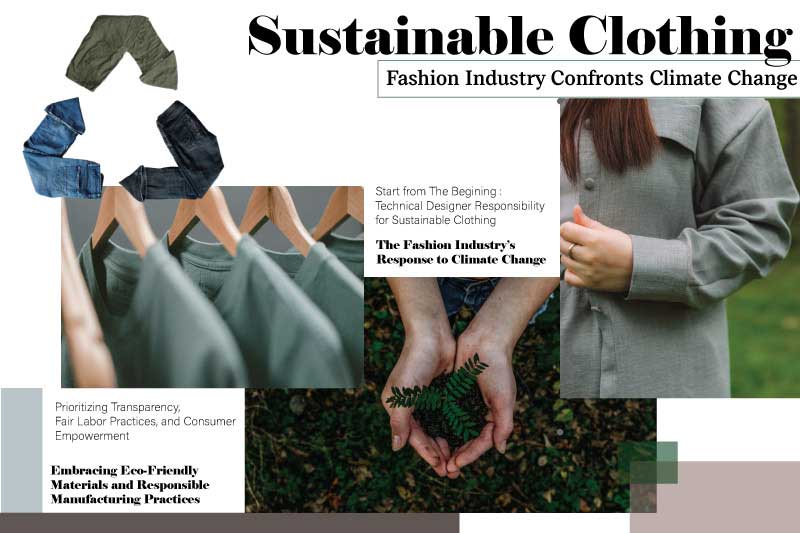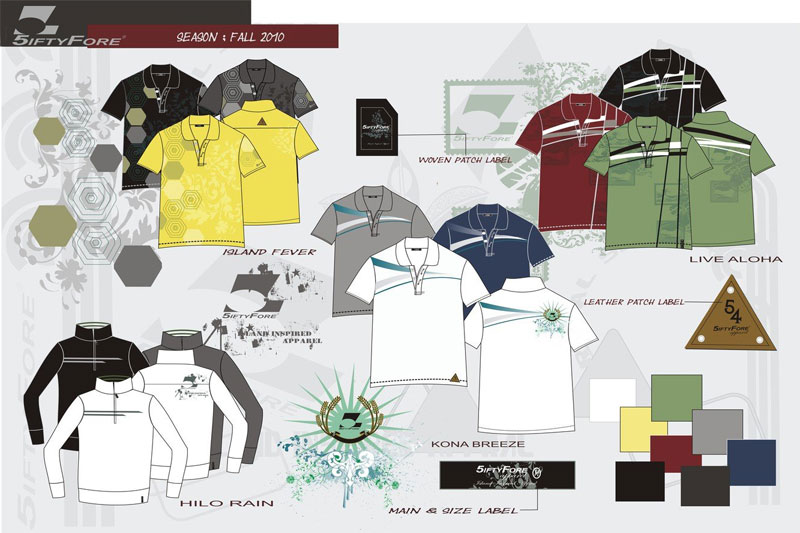The fashion industry is diverse, with unique facets in every region. Consumers love experimenting with their looks and clothing in the present fashion era. This makes them less likely to be loyal to any particular product. As a result, one of the biggest challenges for designers and brands is providing fresh design. Also, this desire to have something new every time results in much waste after use. Garment waste management has become one of the most significant polluting factors in the world. And the top contributors are the brands who make cheap clothing. Recycling those waste products has been a headache for many countries worldwide. Clothing and textiles currently comprise at least 7% of the total waste in global landfill space. So, it is time for designers and brands to consider this and opt for sustainable clothing. Social Media Influence is a critical player in promoting the sustainable clothing movement as the mainstream media is taking a backstage due to corporate pressure.
Start from The Begining: Technical Designer Responsibility for Sustainable Clothing
Consumer awareness of sustainable clothing is essential. And as a fashion tech pack designer, we must educate brands about their duty. Also, make sure the brands adopting this trend get a suitable return. Retail brands must meet modern consumers’ styling, fashion, and fitness demands. Fashion designers and trend analysts drive consumer needs. Offer customers designs and fits that suit their tastes and motivate them to adopt. As a designer and creative person, you can do that, and by doing so, you will contribute to nature restoration. We have all seen how nature healed itself during the Covid when the world was on a pose. Nature will care for the rest if we allow them to recover.
The Fashion Industry’s Response to Climate Change
The fashion industry is rising to confront climate change challenges. And adopt new technology to overcome the environmental impact of the past. Traditional sectors are gradually embracing change and shifting landscapes. Embracing sustainable clothing practices has become a priority. And the fashion brands recognize their responsibilities as well. And therefore, mitigating climate change and preserving our planet for future generations. Sustainable clothing embodies a holistic approach. This addresses various aspects of the fashion industry. This includes material sourcing, production processes, and consumer behaviors. By prioritizing sustainability, fashion brands aim to minimize their carbon footprint. And reduce waste and promote ethical practices throughout the supply chain. The focus is on reducing carbon footprint and waste and promoting ethical practices.
Embracing Eco-Friendly Materials and Responsible Manufacturing Practices
One key aspect of sustainable clothing is the use of eco-friendly materials. Fashion brands are increasingly opting for organic, recycled, and renewable materials. They want to reduce reliance on resource-intensive fabrics. This includes incorporating organic cotton, hemp, bamboo, and recycled polyester into their collections. By choosing organic fabric, brands can reduce their environmental impact by associating with traditional fabric production.
Furthermore, sustainable clothing promotes responsible manufacturing practices. This includes implementing energy-efficient technologies, reducing water consumption, and minimizing waste generation. Brands embrace circular economy: recycling, upcycling, and product longevity for sustainability.
Prioritizing Transparency, Fair Labor Practices, and Consumer Empowerment
The fashion industry is also prioritizing transparency and fair labor practices. Also, ethical sourcing and production practice ensures workers are treated fairly. And they are paid a living wage. Brands, significantly bigger brands, are partnering with certified factories. This ensures strict social and environmental standards to protect workers’ well-being. Consumers play a crucial role in driving the shift towards sustainable clothing. Educating and empowering individuals to make conscious purchasing decisions is paramount. Consumers can support this by choosing sustainable clothing designers and brands that embrace minimalism. They can contribute to reducing the environmental impact of the fashion industry.
In conclusion, the fashion industry has recognized the urgent need to address the challenges posed by climate change and the environmental impact of its past practices. With a growing emphasis on sustainability, fashion brands are adopting new technologies and embracing change to mitigate their carbon footprint and promote ethical practices. The industry transforms from eco-friendly materials to responsible manufacturing and transparent supply chains. Additionally, consumer awareness and conscious purchasing decisions are crucial drivers of change. By supporting sustainable brands and embracing minimalism, individuals can contribute to reducing the fashion industry’s environmental impact.
Role of a Fashion Designer In Achieving the Goal
As the industry continues to evolve, the role of fashion tech pack designers becomes increasingly significant. These professionals play a vital role in integrating sustainable practices into the design process. They collaborate with fashion brands to develop detailed specifications encompass eco-friendly materials, ethical sourcing, and responsible production. By incorporating their expertise, fashion tech pack designers ensure that sustainability remains at the forefront of the industry’s progress.
The industry can pave the way for a more sustainable future through the collective efforts of fashion brands, consumers, and fashion tech pack designers. By embracing change, adopting innovative technologies, and prioritizing environmental responsibility, the fashion industry can continue to evolve and thrive while preserving our planet for future generations.

